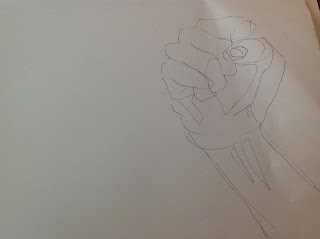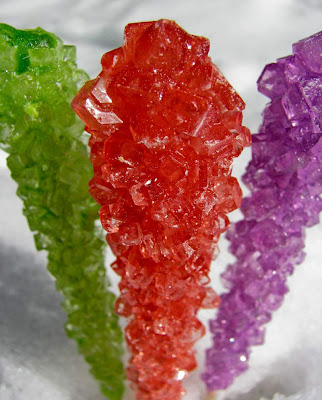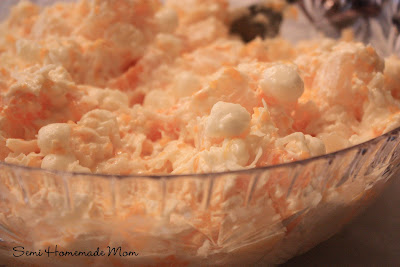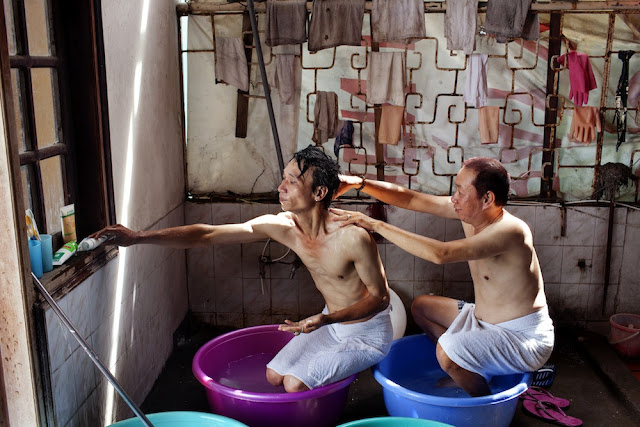So here's that water i promised the other day:
I am trying to create a form for my water that depicts movement, along with a weightless feeling.
If you can see, here i was experimenting with differet types of marks i could use to give depth to my water droplets, i ended up choosing the pointillist gradation.
So now that i had decided on the way in which i would portray the elements of Fire and Water, I began to take a closer look at my composition and think about what the concept of my piece would entail. My first thumbnails showed very literal interpretations of the prompt "Fire and Water". Id drawn a wall of flames meeting a wave, a collection of ripples framed by a waterfall. I was rather disappointed in myself, as I found them to be stale and unoriginal. Nothing in these drawings ignited excitement to complete the project, which can lead to a tedious and unhappy work period.
So I unsheathed my mighty iPad and began to think about other things involving fire and water that interested me. And who would know fire better than Jonathan Storm, the Human torch.

The Human Torch fighting Nazis on the cover of Marvel Mystery Comics # 36, Cover art done by Alex Schomburg, 1939
The Human Torch- drawn by John Byrne during the "second golden age" of Fantastic Four comics 1981-1986
The Human Torch is a very interesting character to look at, because he offers a multitude of artistic depiction of fire. Here in both of these classic looks, the lines on his body give tone and muscle to the form, as well as creating a "charred" appearance. Ive always loved this design because it gives the viewer something that is perceived- rather than observed.
So now I had an idea- fire people! From my observations of the Human Torch's physique, the arms in particular captured my interest. I believe that arms and hands always make for a strong image, because they are tools that can be used to destruct, to build etc. So Flaming arms.
Next I went to one of my favorite resources for drawing-
www.istockphoto.com
Seriously people, they have a photograph for everything. It is a great place to find reference pictures for a project. So I searched "arm with fist" and this is what i setteled upon:
Pretty Nifty huh? Next i looked up "icicle" and chose this image to work with:
Then i set my markers to work!

Here's my primary outline drawn with a 005 point marker. I made shapes of all the different planes and shadow values i saw in the fist.
Next I added in that icicle and went over the fist with a 05 point marker. I created harsh, high contrast shadows to create a graphic form for the ice, and i also outlined light reflections with a 005 point.
Flame on! I wreathed the wrist in a concentrated circle of flame created from the shapes i constructed in my previous post. I added spaced out accents on the fist, so that the icicle would not be lost in my fire patterns.
I didn't do it on purpose, but doesn't this drawing remind you of a certain iconic image from '78?
Artist unknown, Poster for the Theatrical Release of John Carpenter's Halloween, 1978
Anyway.. this week i hope to scan in the work i have so far and play around with it on photoshop, see what else my drawing could be.
Next time- Fire Pannel Drawing: Bigger, Better and more progressed than before!






























